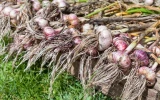Growing Garlic for Profit: A Detailed Guide (2024)
Garlic farming could be your entry into the world of profitable agriculture. With its growing demand in both local and international markets, growing garlic has become an attractive venture. But while this is a crop with potential for high returns, success hinges on understanding the specifics of garlic cultivation.
To grow garlic for profit, choose high-quality seed garlic, ensure soil pH is 6.0-7.5, and adopt sustainable farming practices such as planting cloves in the fall before the first frost. Diversify garlic types for different markets. Efficient marketing strategies and organic certification can enhance profitability.
You'll discover that garlic is relatively easy to grow, but choosing the right garlic varieties and optimizing planting conditions are critical. Garlic is advantageous to produce since it can thrive in various climates and tends to have relatively lower maintenance needs compared to other crops. It's a resilient plant, which is often less susceptible to pests and can yield a profitable return on a small area of land.
Summary
- Garlic farming presents a lucrative opportunity due to its high demand globally and the potential for significant profits, with earnings ranging from $15,000 to $30,000 per acre based on yields of 10,000 to 15,000 pounds and prices of $1.50 to $2.00 per pound.
- Market demand for garlic spans supermarkets, restaurants, farmers' markets, and roadside stands, with organic garlic often fetching higher prices.
- Sales strategies should focus on target markets and maximizing perceived value, with gourmet and organic varieties commanding premium prices.
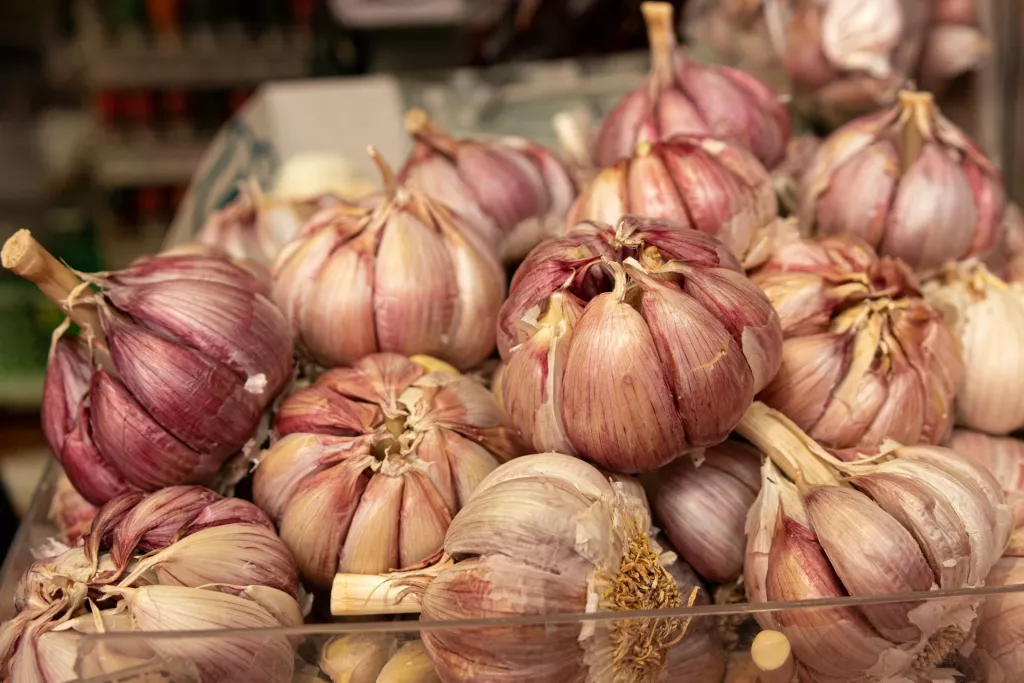
On this page:
Potential Earnings From Garlic
How much money can you make with garlic?
| Yield per Acre (pounds) | Average Price per Pound | Gross Income |
|---|---|---|
| 10,000–15,000 | $1.50 - $2.00 | $15,000 - $30,000 |
Profit from garlic farming depends on various factors like cost of production, market price, and yield per acre. Generally, garlic can yield about 10,000 to 15,000 pounds per acre. With prices ranging from $0.25 to $8 per pound, efficient production and market strategy are key to profitability.
The income from garlic farming comes from:
- Sale of harvested garlic
- Premium prices for organic or specialty varieties
| Profit Potential | Estimated Amount |
|---|---|
| Revenue | $100,000 |
| Variable costs | $50,000 |
| Fixed costs | $10,000–$20,000 |
| Profit margin | 30%–40% |
Revenue can fluctuate based on market demand and prices. Profit margins for garlic farms typically range between 25% to 45%.
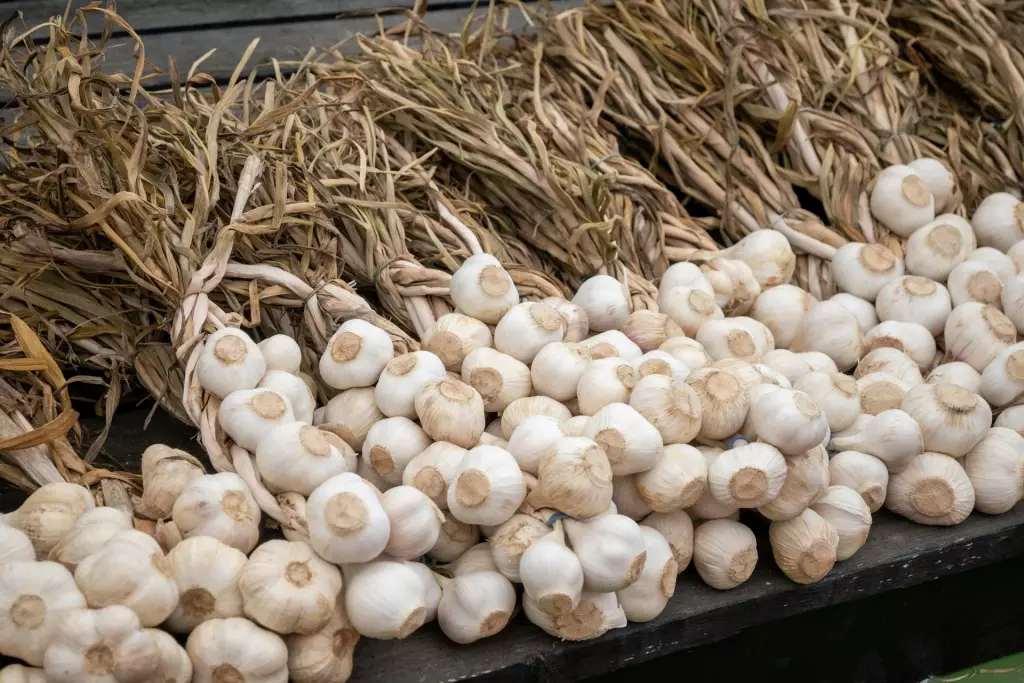
With an effective strategy, you can aim to be on the higher end of this spectrum, especially if you're focusing on gourmet or organic variants that demand a premium.
Market demand for garlic
Garlic is a staple in the kitchen, making it a constant on the shopping lists of both home cooks and professional chefs. Supermarkets, farmers' markets, roadside stands, grocery stores, restaurants, and retail outlets all represent potential customers for your garlic.
Organic garlic often fetches higher prices, appealing to health-conscious consumers and high-end culinary establishments.
| Sales Outlet | Preferences |
|---|---|
| Supermarkets | Consistent bulk orders, prefers uniformity in size and packaging. |
| Restaurants | Regular orders, potential for large volumes if supply is consistent |
| Farmers’ markets | Direct sales, opportunity for premium prices on organic produce |
| Roadside stands | Local customer base, possibility for direct feedback and loyalty |
- Grocery stores and supermarkets: These retail outlets often source garlic in bulk and are looking for consistent quality and supply. Here, packaging and regulatory compliance are key factors.
- Restaurants: They usually prefer high-quality, fresh garlic and may seek organic or locally-sourced options.
- Farmers’ markets and roadside stands: These are excellent for selling directly to consumers. They often value the story behind the produce, favoring local and sustainable practices.
The prices you can fetch for your garlic will vary based on the sales channel, garlic variety, and market conditions. A profitable venture requires staying informed about the current market rates to set fair prices that also cover your costs. Keep an eye on industry reports to stay updated on market trends and demands.
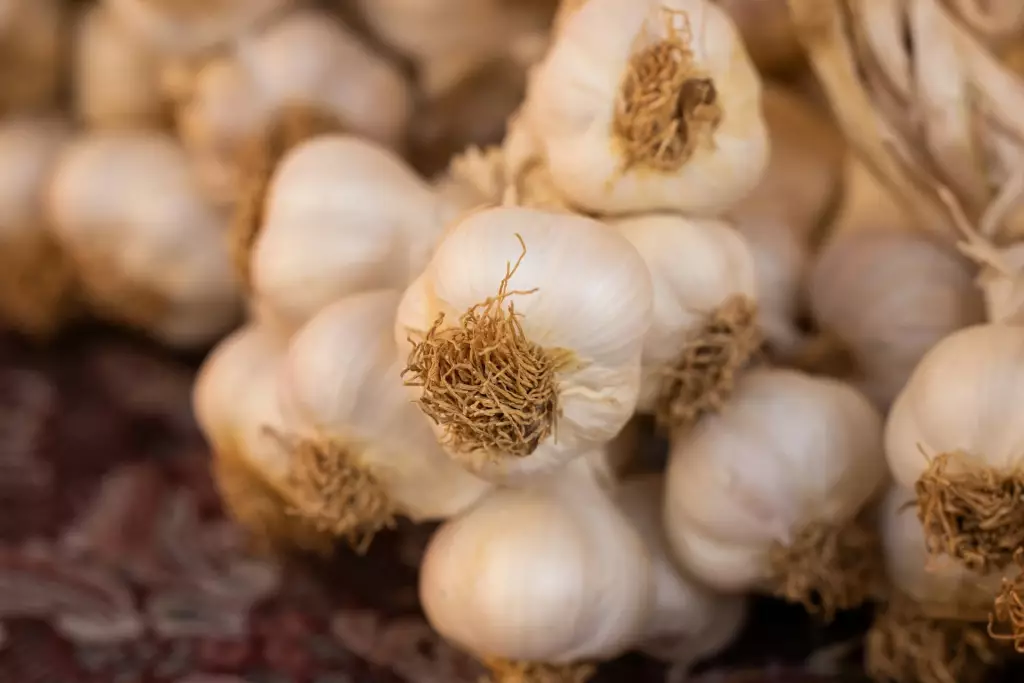
Selling Strategies for Your Garlic
When selling garlic for profit, it's essential to focus on your target market and present your product in a way that maximizes its perceived value. Gourmet and organic garlic varieties often fetch premium prices due to their superior flavor and quality.
| Marketing Avenue | Expected Cost | Expected Return |
|---|---|---|
| Social media campaign | $100 - $300 | 10% customer increase |
| Farmers market booth | $30 - $50 per day | Variable |
Consider the most profitable garlic to grow
- Offer gourmet garlic varieties like Rocambole or Elephant garlic that are in demand and not commonly found in regular stores.
- Highlight the unique characteristics and flavors of your garlic to appeal to food enthusiasts and chefs.
At farmers markets
- Engage customers directly, talk about the benefits of your garlic.
- Create combos or bundles, like pairing with other spice essentials.
- Offer taste samples of your gourmet garlic.
Online marketing
- Use social media to tell the story of your organic garlic.
- Highlight the organic growing process to appeal to health-conscious consumers.
Growing organic garlic
- If your garlic is organically grown, make this a key selling point.
- Consumers willing to pay more for organic produce can significantly boost your profit.
Product diversification
- Create and sell garlic products like garlic braids, infused oils, or garlic powder.
- Market garlic scapes, the flower stalks of the garlic plant, as a delicious and versatile vegetable.
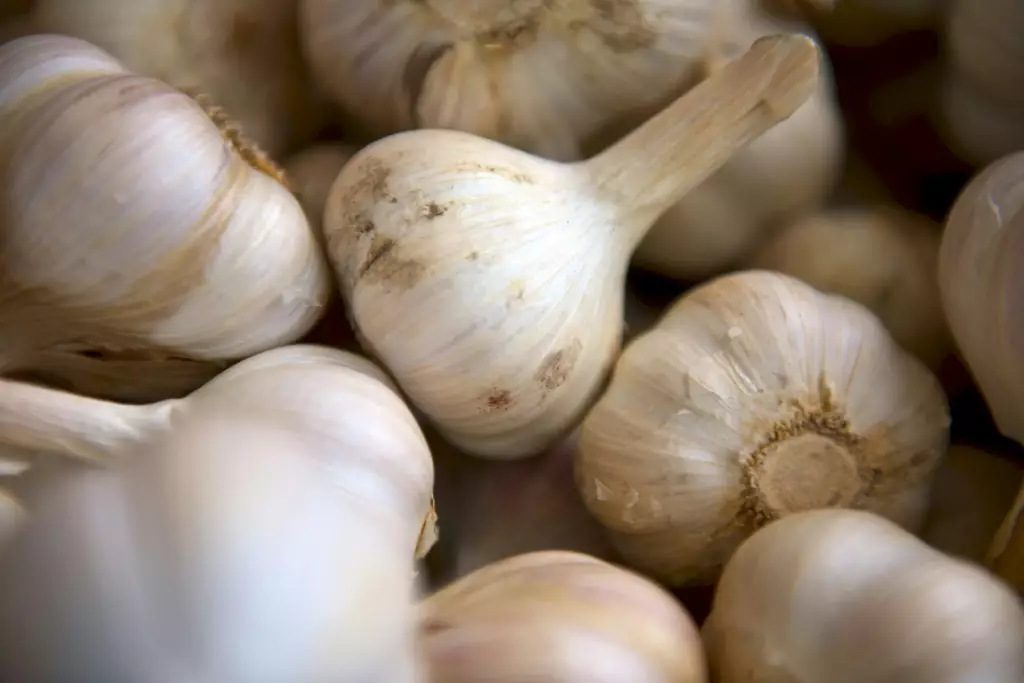
Pricing strategy
| Bulb Size | Price |
|---|---|
| Small | $1.00 |
| Medium | $3.00 |
| Large | $5.00 |
| Garlic Products | Price |
|---|---|
| Braids | $15.00 |
| Infused oil | $10.00 per bottle |
Scaling Your Garlic Farming Business
By scaling up your business, you may be able to decrease expenses related to equipment, seeds, and labor on a per-acre basis. If you're considering expansion, here are some factors and potential benefits to consider:
- Fixed costs dilution: Large-scale operations distribute fixed costs over more units, reducing the cost impact per unit of garlic.
- Negotiation leverage: Buying supplies in bulk can result in discounts.
- Automated processes: Larger scale often justifies investment in automation, saving on labor costs.
Here's a brief example highlighting your potential yield per acre:
| Number of Plants per Acre | Yield per Plant (bulbs) | Total Yield (bulbs) |
|---|---|---|
| 5,000 | 10 | 50,000 |
| 10,000 | 10 | 100,000 |
The role of economy of scale
As you increase your acreage and the quantity of garlic plants, you benefit from the economy of scale. This economic concept implies that as production increases, the cost per unit of production decreases, allowing for potentially higher profits.
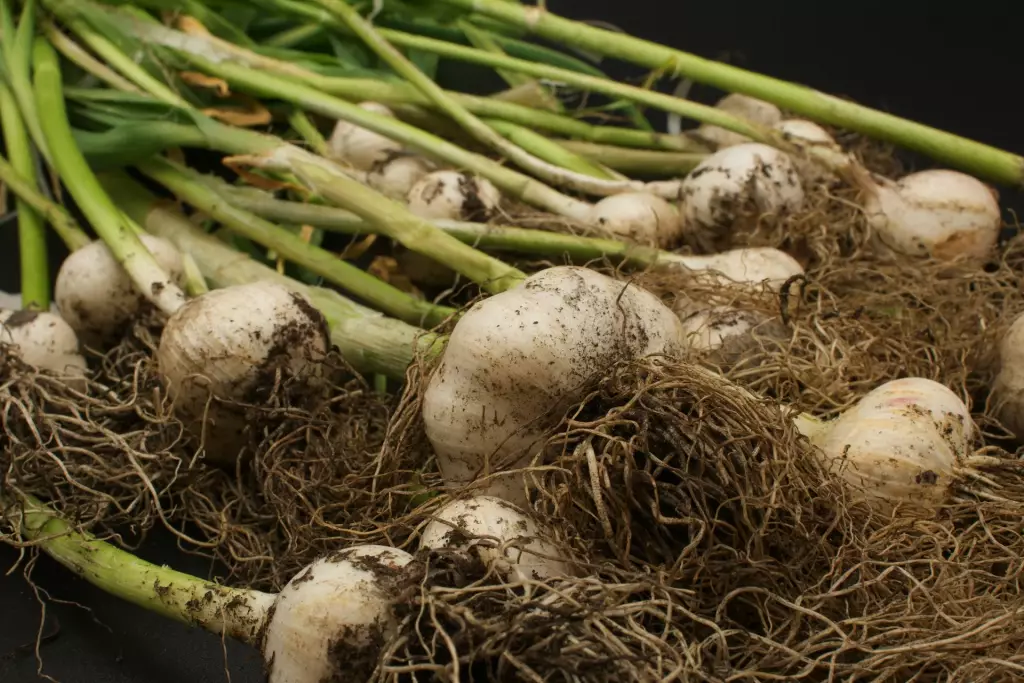
For each garlic plant, you might start with a conservative estimate, say, five to ten quality bulbs per plant depending on your cultivation practices.
- Bulk sales: Selling garlic in larger quantities often results in a lower price per unit. Think wholesale; bigger orders from buyers mean more consistent revenue for you.
- Wholesale pricing: By producing garlic on a larger scale, you can offer competitive pricing, which can be appealing to retailers or manufacturers looking for bulk garlic.
Here’s a simple cost breakdown showing potential overhead costs per unit as your production increases:
| Production Scale (Units) | Overhead Costs per Unit |
|---|---|
| 100 | $3.00 |
| 1,000 | $1.50 |
| 10,000 | $0.75 |
Enhancing garlic quality
To command higher prices at the farmers market or through direct sales, focus on producing high-quality garlic. Start with a soil test to ensure your soil has the correct nutrients. Based on the results, use the appropriate fertilizer, compost, or mulch to enrich your soil.
Growing organic garlic or specializing in gourmet garlic varieties can also appeal to discerning consumers. Regularly monitor your crops and adapt your growing practices to produce the best quality bulbs.

